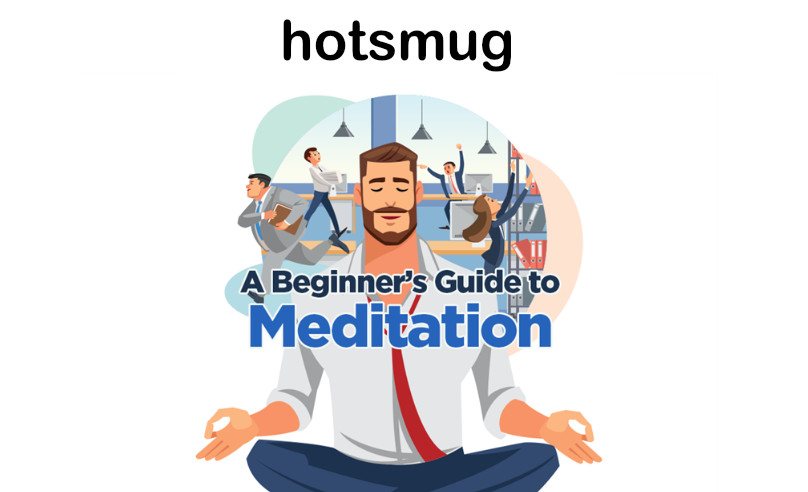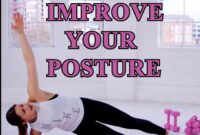You can practice meditation anywhere, indoors or outdoors. You can do it sitting up or lying down. There’s no membership required, no special certification needed, and it’s free. You only have to pay attention.
But for some people, practicing meditation is easier said than done. You have a lousy attention span, you say. Your mind races. You can’t get comfortable. Your leg goes numb. Your back hurts. You get sleepy. You can only do it for, like, two minutes max, you admit sheepishly.
All of which makes meditation just right for you, and for all of us.
The ancient mind and body practice continues to inspire more Americans than ever to roll out their yoga mats for better mental health and quality of life – especially in these stressful times of COVID-19.
The Health Benefits of Meditation
- A growing body of studies indicates a regular practice of meditation may ease symptoms for many conditions, including anxiety, depression, stress, high blood pressure, insomnia, and fatigue, according to the National Institutes of Health.
- Research also suggests meditation may physically change the brain and body and could improve many health problems and promote healthy behaviors.
“Meditation has been scientifically proven to reduce stress by lowering cortisol, the hormone that fuels our ‘flight-or-fight’ instinct,” says Cheryl Schlichte, a project manager with Healthy Lee. “Research also suggests meditation reduces inflammation associated with some chronic diseases, as well as provide benefits for managing cardiovascular disease, hypertension, and chronic pain.”
And unlike the Buddha, you don’t have to sit under a Bodhi tree for 49 straight days to reap these healthful benefits, either.
“Meditation can involve just a short ‘brain break’,” says Dr. Darren Morton, an internationally recognized researcher and educator who develops evidence-based approaches for promoting health and happiness, including The Lift Project offered by Healthy Lee. “Even just pausing for a few moments and taking a few deep breaths can be a form of meditation.”
Okay, where do I start?
Remember, meditation doesn’t require you to be perfect. It just requires, like everything else in life, that you start.
- Get comfortable, wherever you are. “A common theme of meditative practices is slowing down and providing an environment for our brain to not be distracted by many things at the same time,” says Dr. Morton. “Essentially it involves being more present and giving your attention to one thing at a time.”
- Concentrate on your breath, breathing through your nose with eyes open or closed. Try for five deep breaths, Schlichte says. As your breath comes in, follow it through your nose all the way down to your lungs. then breathe out slowly, pushing out your breath as your belly contracts.
- Count five deep breaths. Count “one” as you take in the first breath, then “two” as you breathe out. Repeat this to the count of 10.
- 120 seconds. That’s it. Try to meditate for 120 seconds every day. That’s two minutes. If you struggle with 120 seconds, try 60 seconds. “Whatever amount of time you meditate for is the right amount for you,” Schlichte says. “You’ll find that your meditation practice will get easier the more often you practice it.”
- You deserve this. When you think thoughts like “I can’t do this,” reframe your thinking to “My mind and body deserve this,” Schlichte suggests. Being kind to yourself will empower you.
- Bring it on! Once you experience the benefits of meditation, like how much better you react to stressful situations, you’ll likely want to meditate more often and for longer periods. And the benefits will multiply.
- Bring your downward dog to practice. Yoga is a form of meditation and mindfulness, so integrate some gentle yoga into your lifestyle. It’s a great way to begin a mindful meditation practice, Schlichte says.
If you find our seven steps too daunting, Schlichte suggests the STOP Method, a short practice you can weave into your day.
- Stop whatever you’re doing at the moment.
- Take a deep breath or several of them.
- Observe your surroundings, notice how you’re feeling.
- Proceed with your day.
You don’t have to leave the digital-age behind to meditate, either. In fact, some digital meditation tools can have a place in your practice. “Guided meditations are a fantastic way to get started,” Schlichte says. “Smart phone apps like Insight Timer can help ‘guide’ us through 1, 2 or 5-minute meditations. The soothing voices on these apps can bring us back to the moment whenever our thoughts wander.”
Can I meditate in a chair or lying down instead of sitting cross-legged on the floor? You can meditate in any position, Dr. Morton says. Even walking can be a form of meditation if you give your attention to one thing while you do it. Schlichte adds that being comfortable is key when you begin your practice.
I’m restless while meditating. What should I do? Just let the thoughts come; that’s natural. Notice them and then bring your awareness back to the breath, Schlichte says.
I keep falling asleep while I meditate! This may be because you are tired. If so, getting a good night’s sleep is another great thing you can do for your health and wellbeing. Then, when you’re feeling more energetic, try again. “It takes practice to find out what you like best, so keep experimenting and don’t give up,” Schlichte says. “The benefits far outweigh the desire to find the ‘groove.’”
What tips can you share for getting kids or other family members to meditate, too? Make it fun and until the little ones adjust, keep it shorter in the beginning.




